We asked our friend Jim Wilkinson to tell us about the protest he attended and photographed in Cape Town, South Africa 1996.
May 8th 1996 was a day of huge significance, not just for myself but all of South Africa.
Thabo Mbeki the Vice President at the time under Nelson Mandela, spoke on behalf of the African National Congress. He addressed a packed crowd within the grounds of Parliament in Cape Town to mark the passing of the new Constitution of South Africa.
The speech was titled ‘I Am African’ and is still remembered & referred to today. Regarded as a potentially pivotal moment, the speech offered hope for a post Apartheid South Africa. It instilled pride in the heart of its citizens.

Outside Parliament gates a group of around 50 people had gathered. The beat of hand drums and a familiar pleasant smell lead me closer...they were campaigning for the legalisation of marijuana & hemp.
Some speakers read passages from The King James Version of the Bible. Others spoke of important historical figures including Marcus Garvey, Menelik II, and Emperor Haile Selassie I.
![Legalize It - Cape Town, South Africa [credit: Jim Wilkinson]](http://cdn.shopify.com/s/files/1/0219/0930/7456/files/Image_large.jpeg?v=1591690667)
People smoked openly using bongs made from coconuts, passed spliffs and enjoyed the moment together. More so because the police respected and tolerated the protest, they were not aggressive and did not intervene.
It would be fair to say that in true Cape Town style the day became more about Rastafarianism and smoking ganja, instead of specifically highlighting the sustainability and versatility that hemp can offer.
![Rasta Rights [credit: Jim Wilkinson]](http://cdn.shopify.com/s/files/1/0219/0930/7456/files/Image_5_large.jpeg?v=1591690869)
During that afternoon whilst strolling around Green Market Square, which was similar to a mini-Camden with its alternative products and rich diversity, I met up with a couple of the men from the earlier protest.
They offered to take me and a couple of friends I had met at the hostel for a drive.
![Cape Town 1996 [credit: Jim Wilkinson]](http://cdn.shopify.com/s/files/1/0219/0930/7456/files/Image_4_large.jpeg?v=1591690928)
In the days before mobile phones were used regularly & no social media, travel could be more spontaneous with a real sense of exploring the unknown.
Choosing adventure over fear often created memorable times...this was no exception. They drove us out of the city and into some woods.
We sat, talked, chilled, and appreciated our beautiful surroundings. One plant connected us, adhered our cultures and extinguished our differences.
![[Jim Wilkinson]](http://cdn.shopify.com/s/files/1/0219/0930/7456/files/Image_1_large.jpeg?v=1591690775)
Hemp is one of the most versatile and sustainable plants on the planet.Hemp also has great environmental benefits. The plants ability to absorb carbon dioxide is immense, up to 15 tonnes of CO2 per hectare. Hemp absorbs more of the compound per acre than any other crop or commercial forestry.
It was even planted around Chernobyl to help clean up the nuclear spill - hemp is able to absorb toxic materials from the soil and lock them into its roots. The interlocking roots can also help prevent soil erosion and can be grown almost anywhere.
Every part of the hemp plant can be utilised, the roots, stalks, leaves, flowers & seeds. Some governments unfortunately only allow parts of the plants to be used, therefore forcing unnecessary waste and a dependency on foreign imports. The waste makes it less economically viable for farmers to produce and limits its potential.
Hemp can also be used in fabric, paper, rope, body care products, as a building material, a bioplastic and has potential as a renewable biofuel to help replace fossil fuels. The prohibition of hemp was beneficial to the newspaper, cotton, petroleum and pharmaceutical companies.
I have met many users of the plant over the years that find it is the most effective remedy to help with their various problems. Some suffering from muscular pain, anxiety issues, eating disorders, insomnia...the list goes on.
During the 1930’s in America the ‘reefer madness’ campaign began to stir up fear around marijuana and hemp. It has suppressed the usage of this magnificent plant.
We now know better. Surely with our increased awareness of environmental breakdown, we owe it to future generations to minimise our carbon footprint and to avoid any unnecessary waste. It would be difficult to exaggerate the potential of hemp and the insanity it shows if humanity continues to ignore it.
![Cape Town 1996 [credit: Jim Wilkinson]](http://cdn.shopify.com/s/files/1/0219/0930/7456/files/unnamed_large.jpg?v=1591691001)







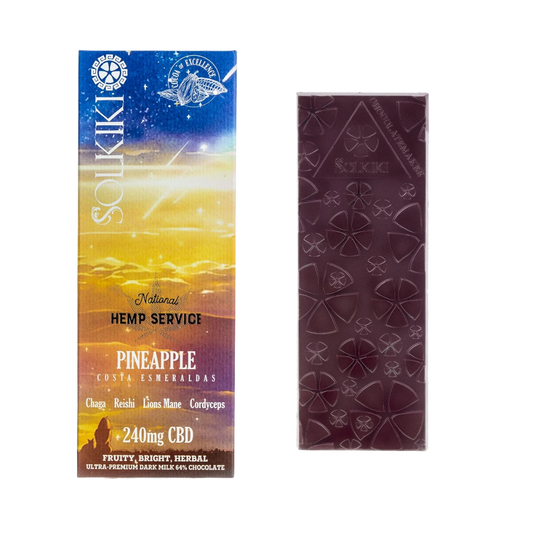

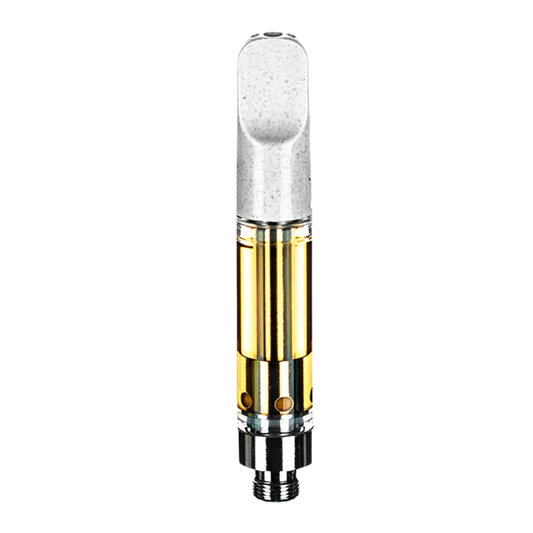
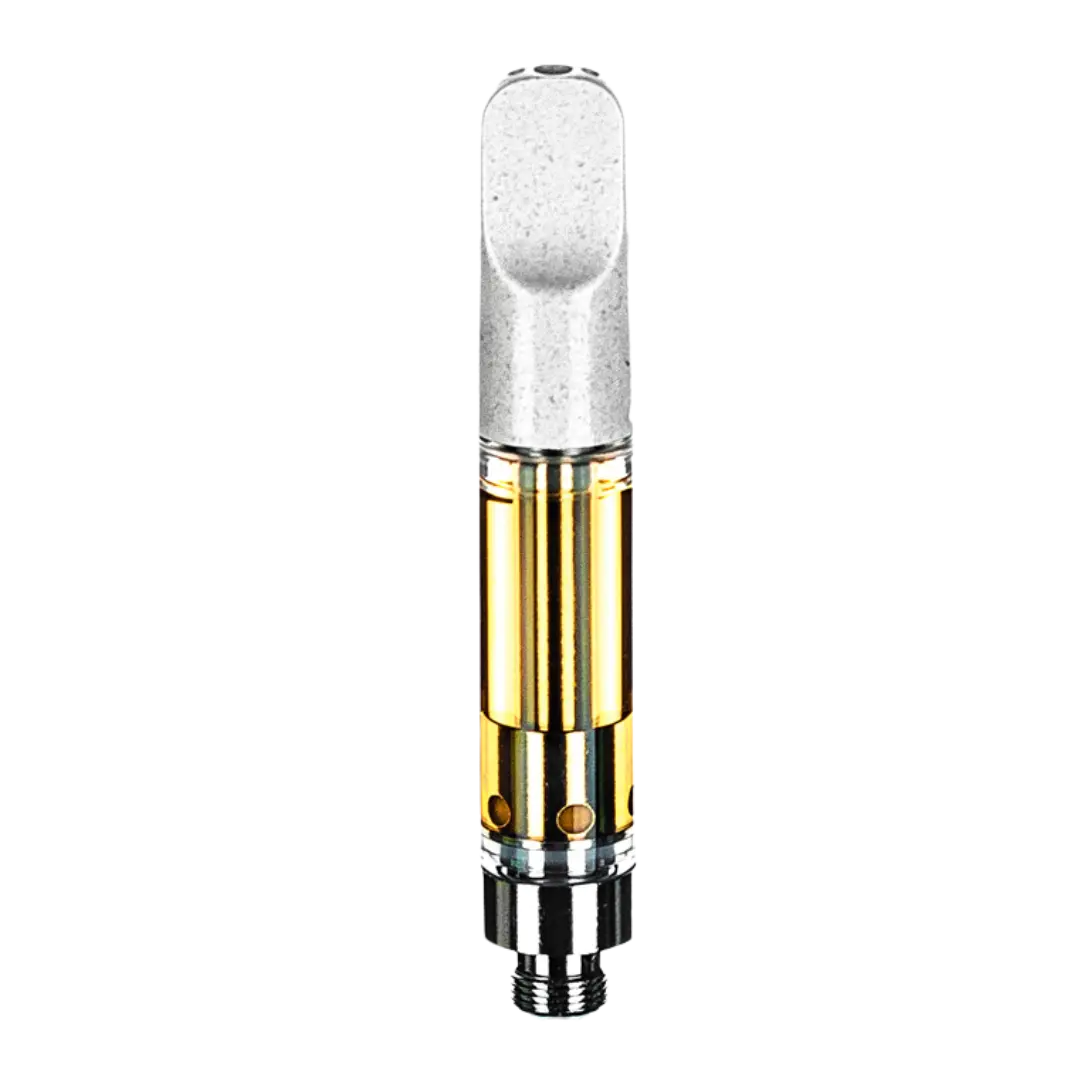


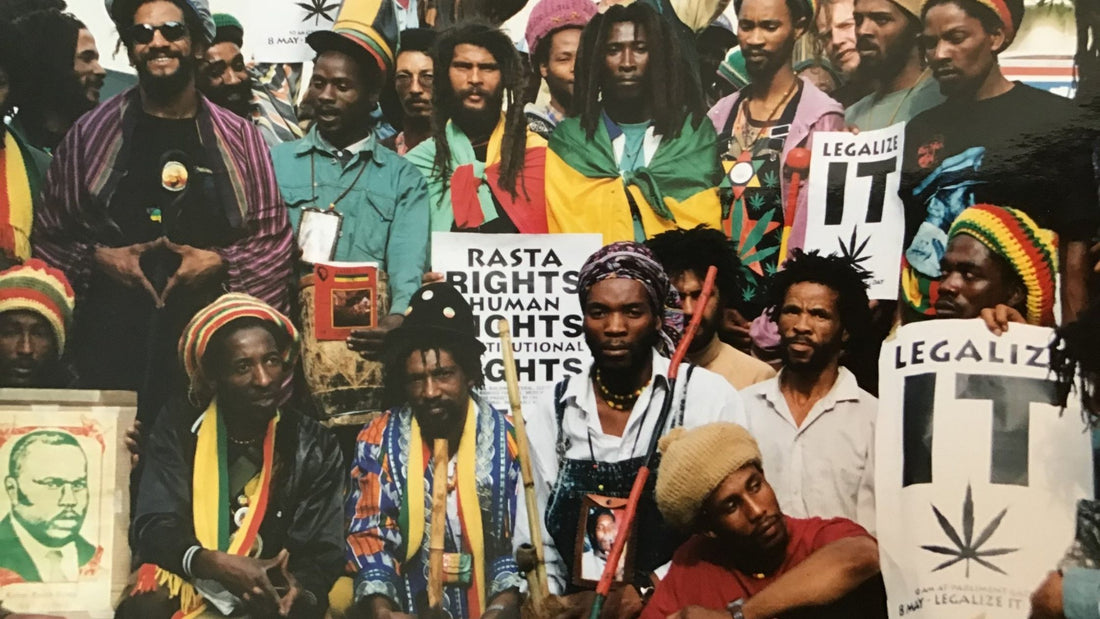


1 comment
Very interesting read and love the photographs. thanks x